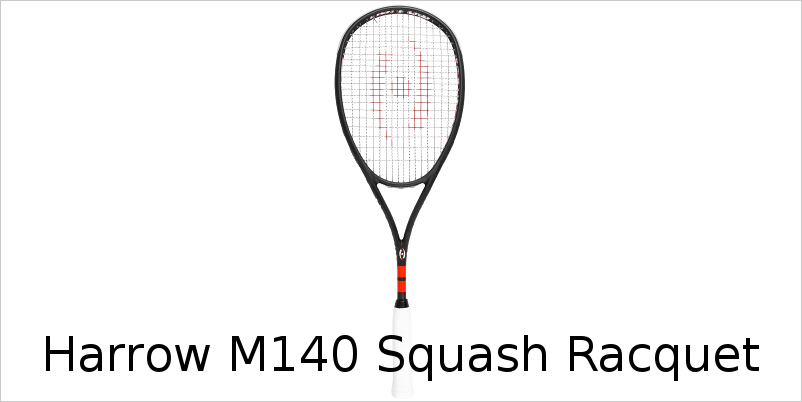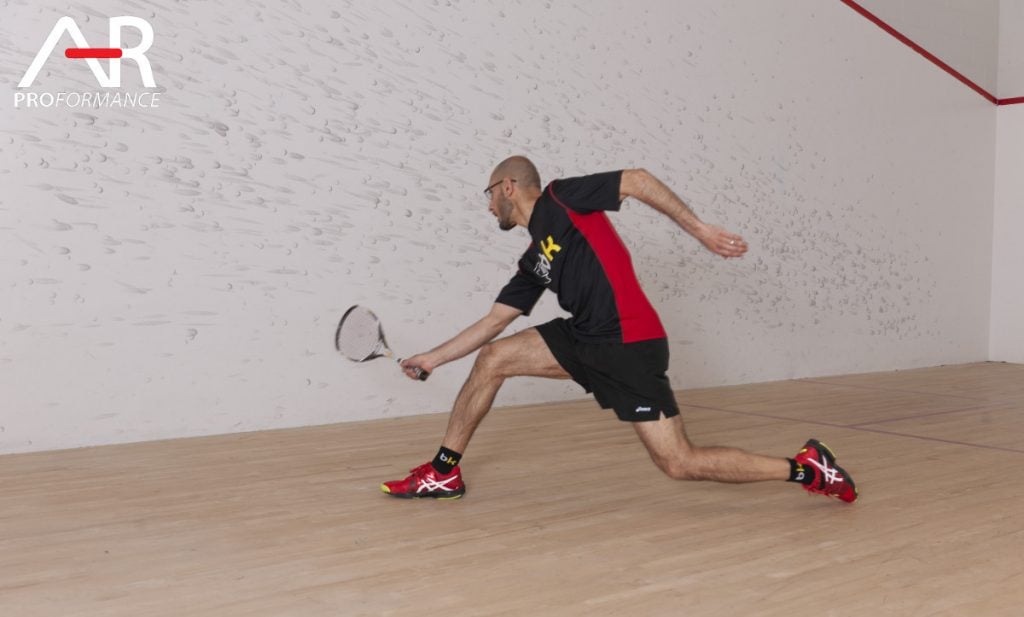The swing is one of the most important and scrutinized aspects of every player’s overall game. Good technique allows a few important things to develop in your game: consistency in ball striking, ability to hit the ball from compromised positions, and deception. It is something that cannot be swept under the carpet; you will struggle to pass a ‘C’ level of play if you have major technical deficiencies. Most errors ultimately come from some sort of technical miscue.
One of the best ways to improve your technique is by watching top players and analyzing theirs. Be wary of trying to copy the aesthetics of your favourite pro’s swing though. Ramy Ashour, for example, has a swing that no one would ever teach a beginner. He has superhuman wrist strength and racquet head speed, and takes almost no backswing. Nick Matthew is another example of someone with a slightly unorthodox swing. However, there are some key points you can take from almost any top player. I think anyone can incorporate the following five tips into their swing while maintaining some individual flair:
1) Keep your space from the ball. Most people get far too close to the ball. This not only decreases your potential power (the arm is strongest when fully extended), but also brings your body further from the ‘T’ and deeper into the corners. Spread yourself out as much as possible, let the ball come to you, hit quickly and take a short lunge back to the ‘T’.
2) Hit the ball with a flat racquet face. Of course, everyone is taught to hit the ball with an open face to ensure consistency. But hitting the ball flat (or even slightly topspin) will increase the heaviness of your shot, and keep the ball lower as it travels through the court. Particularly useful when hitting from a position of advantage. Jonathon Power was a master of this.
3) Use less arm when digging out a tight ball. When the ball is buried in the back corner or glued to the wall, taking a full swing will often lead to an error (and broken racquet). You can subtly control your racquet using only wrist and hand. You might have to hit a defensive shot, but it’s better than the other option. The tighter the ball is, the shorter the swing should be.
4) Take a longer follow through. Following through will noticeably improve your power, but it will also help keep the ball straighter. If you can limit your backswing and instead rely on your follow through for power, you will minimize the inconsistencies that cause errors.
5) Get in position to hit early. This is also a movement tip, but even when your opponent has played a soft drive or weak boast, get your feet and racquet set early. You will feel like you have tons of time to the hit the ball, and it affords you the chance to incorporate some deception. Without any crazy fakes or flicks, simply standing with your racquet up will freeze your opponent or lead them to guess.
Try to make use of one of these tips every time you practice. A match isn’t a great opportunity to bring in a new technical element for the first time. Good luck!



